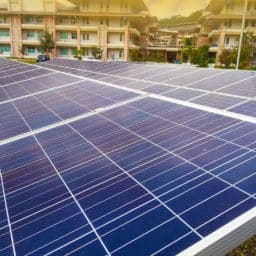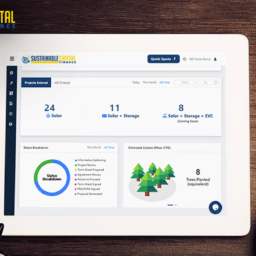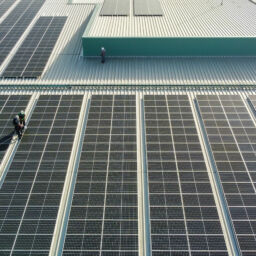After attending the Infocast Solar Connect Conference in La Jolla, CA earlier this month, a number of topics were raised that I thought were worth reflecting on:
Ongoing Suniva Trade Case
Without a doubt, the most discussed topic at the conference was the ongoing Trade Case brought by Suniva. There were many opinions on the subject, but the consensus was that the implemented tariff would not be as draconian as the $0.40/watt duty initially requested by Suniva. The general view was that a tariff in the $0.15 – $0.20/watt range and a floor price between $0.50 – $0.55/watt was most likely. However, we are all going to have to wait until November to see what tariffs President Trump imposes.
Impacts of the Trade Case
As part of the same discussion, everyone shared their opinions on what the potential impacts of the Trade Case would be on the different segments of the solar industry. The consensus was that the utility sector would feel the strongest impact of any potential tariffs imposed because hardware costs make up a much larger percentage of their total project costs. There was also some discussion that if the tariff imposed was high enough, a number of utility projects (projects in Georgia and North Carolina were mentioned) that are currently in play, would most likely fail because of the significant impact on financial returns. Most opined that the C&I sector would feel an impact as well, but based on overall system size, the impact would likely be considerably less than that felt by the utility sector. The residential sector would also feel some impact, but like C&I, it would be considerably muted compared to the utility market.
Renewed Interest in the C&I Market
While the Infocast Conference tends to lean towards the utility solar sector, a number of attendants voiced a renewed interest in the C&I market, and I heard this from both residential and utility players. On the residential side, a number of installers felt that the sector had matured and had become more competitive over the past several years. These installers were viewing the C&I market as a less competitive (“Blue Ocean”) market that would allow them to improve overall margins. On the utility side, a number of installers/developers were voicing similar concerns. Essentially, they were saying that compared to previous years, there were more installers/developers chasing fewer projects, and margins were getting compressed. Much like the residential installers that I spoke with, they were looking to C&I as a potential path to improving overall margins.
Storage
Almost everyone I spoke with asked about storage, or solar plus storage as a topic; there was still a surprising lack of clarity as to how to finance these types of projects. While the underlying equipment has become more mature and bankable, there are still a lot of questions and confusion as to how to value potential savings related to the storage aspect of the system. Given the high volatility of demand charges related to customer load profiles and ever changing rate structures, it has historically been very challenging to calculate savings projections that finance companies can support. Based on input from other attendants, a new approach is being tested where finance companies separate the storage from the solar. A guaranteed monthly “Demand Shavings” is provided to the off taker, but not necessarily a defined savings amount. This allows the financier to mitigate the load and tariff risk onto the customer, where it currently resides. We will see if this approach continues to build momentum going forward.
Other than these topics, there was also a general sense that the financial markets were continuing to get more and more comfortable with the solar market, and more funds were becoming available to support projects, with a new emphasis targeted towards C&I projects specifically.
About Sustainable Capital Finance: Sustainable Capital Finance (SCF) is a third party financier & owner/operator of commercial & industrial (C&I) solar assets and is comprised of experts that specialize in structured finance and solar development. SCF has a vast network of EPCs and Developers across the US that submit project development opportunities through SCF’s cloud-based platform, the “SCF Suite”. This allows SCF to acquire and develop early to mid-stage C&I solar projects, while aggregating them into large portfolios.











